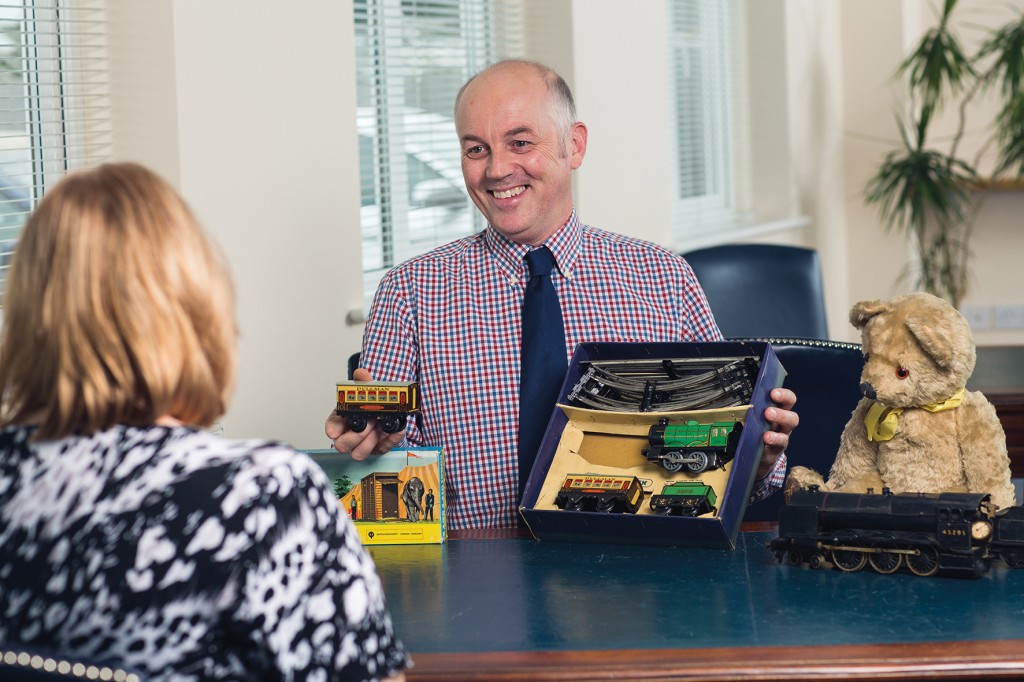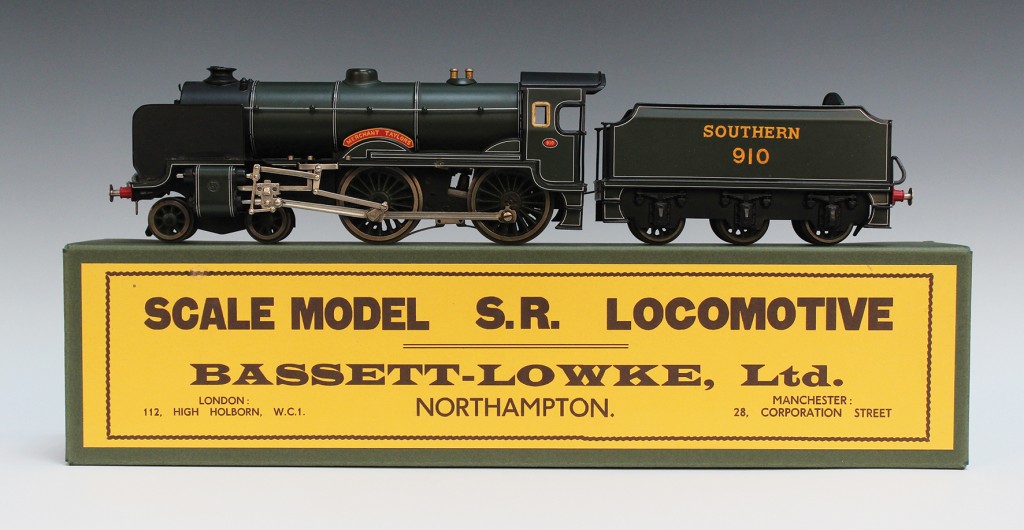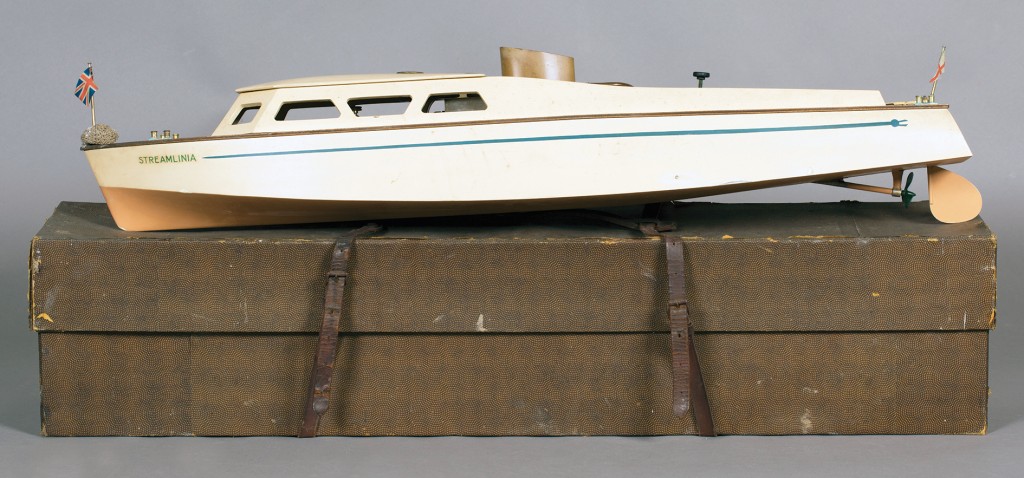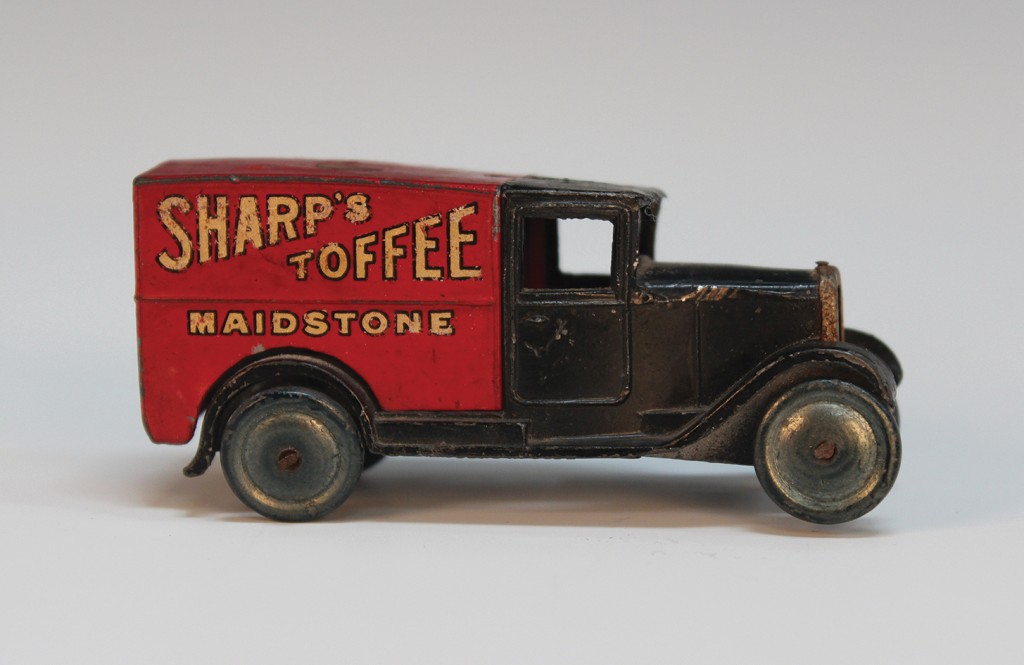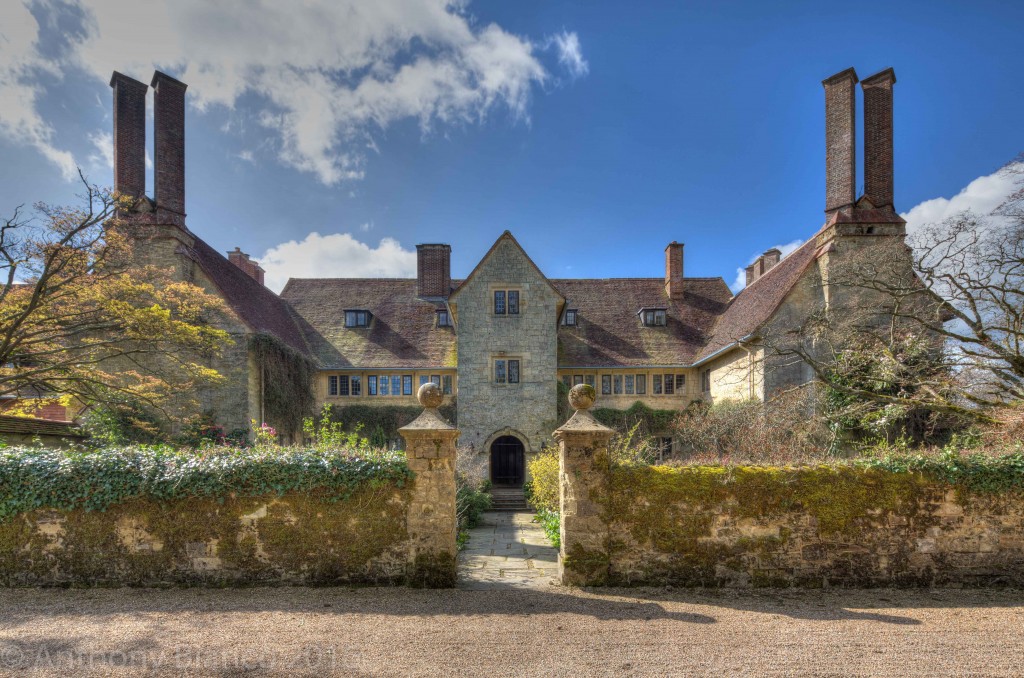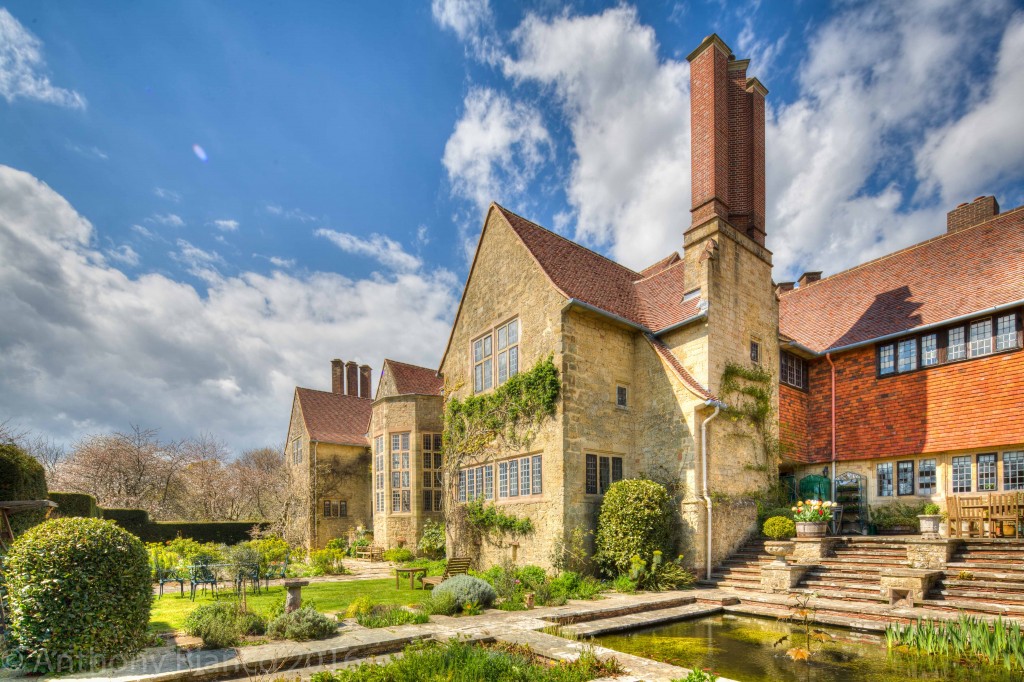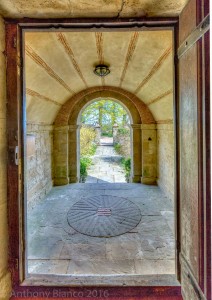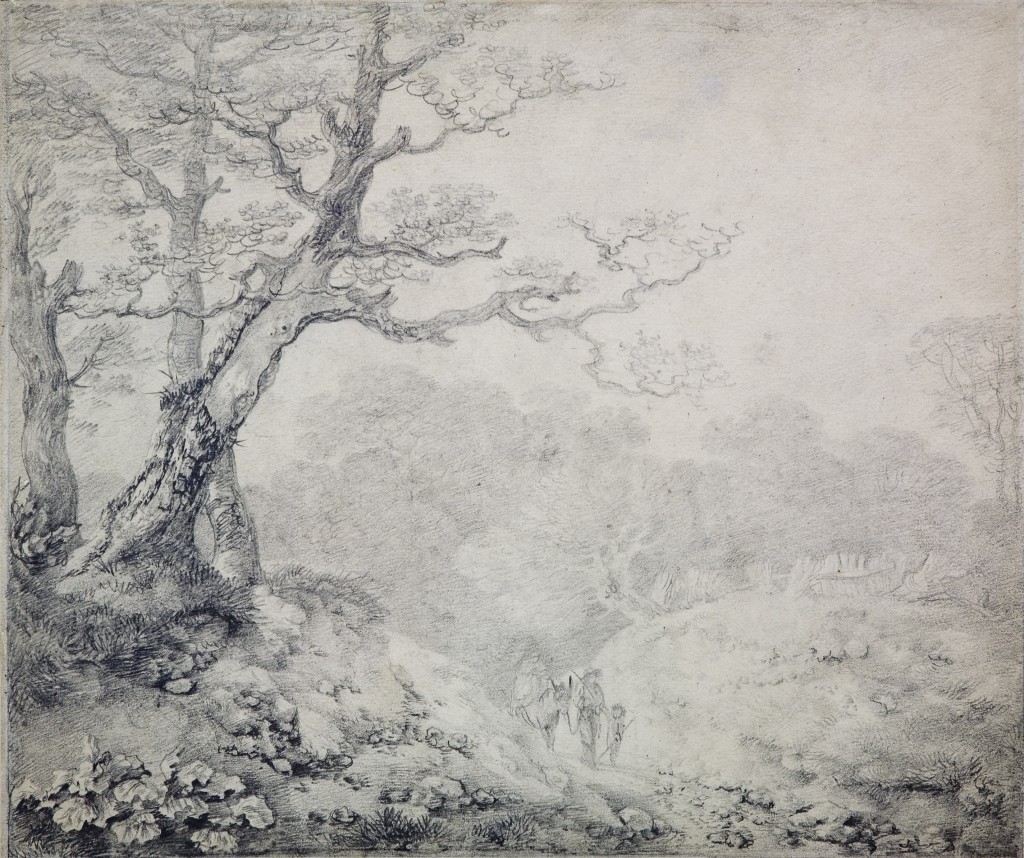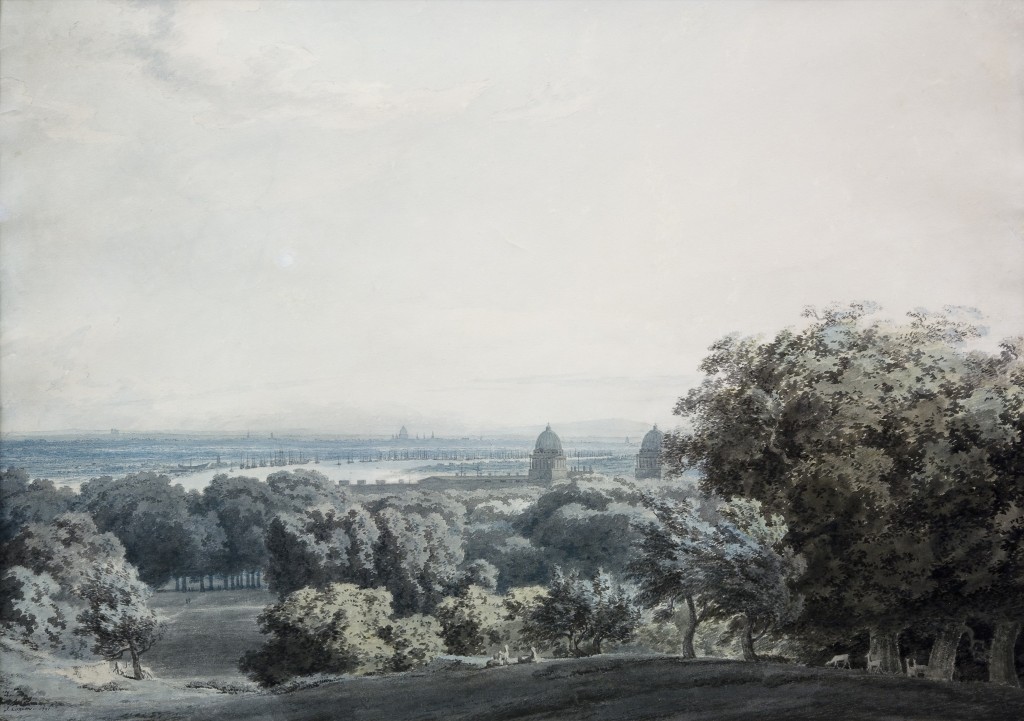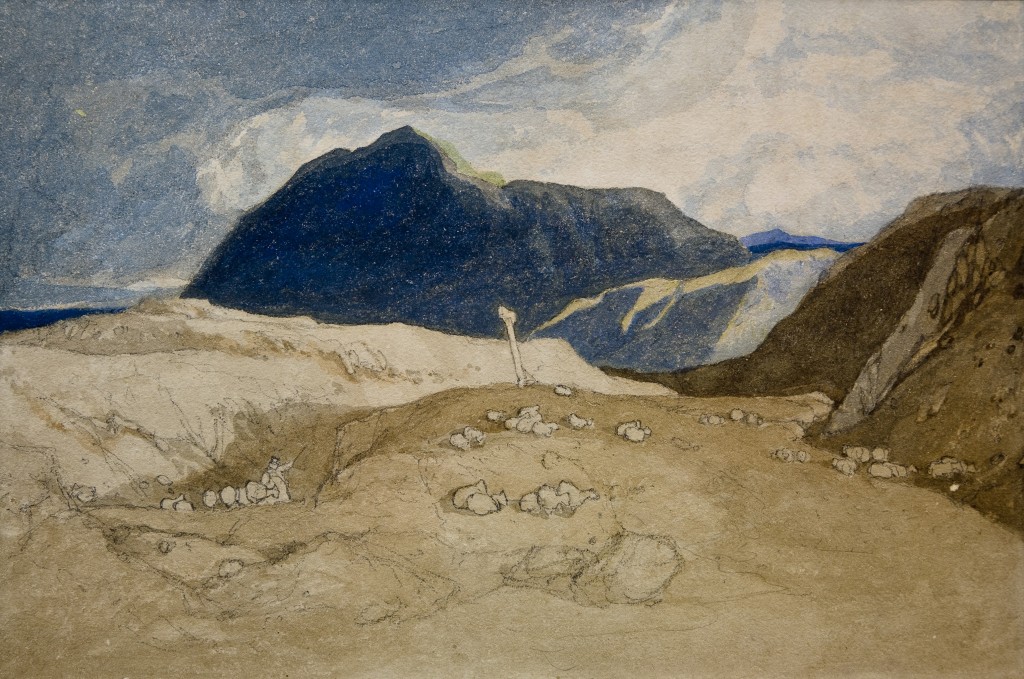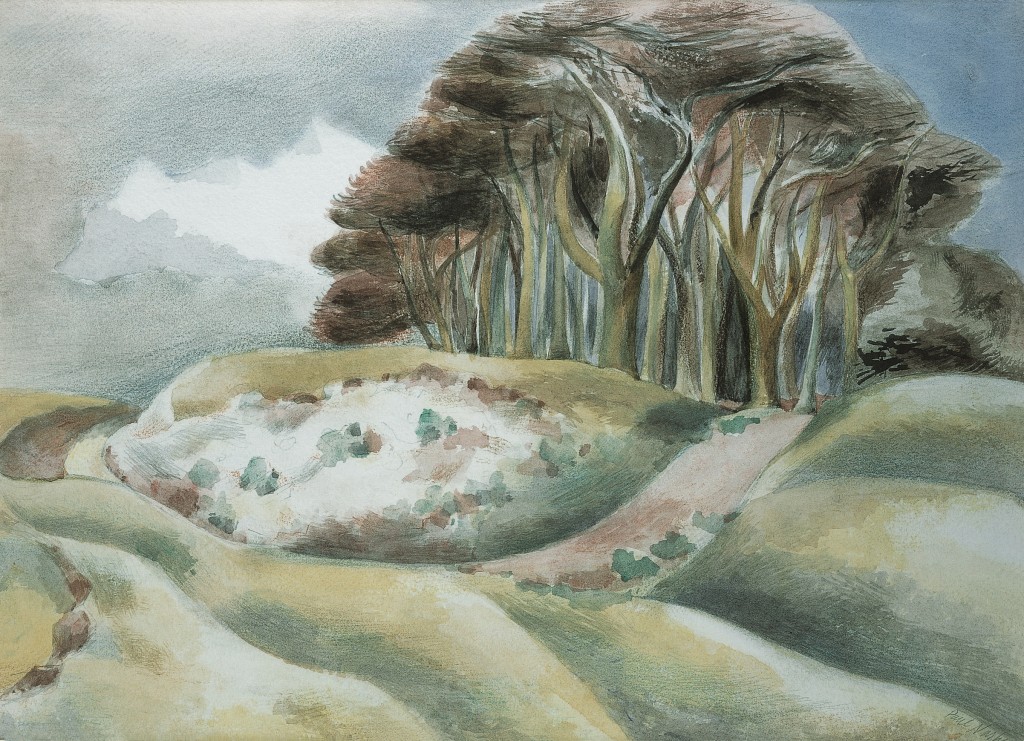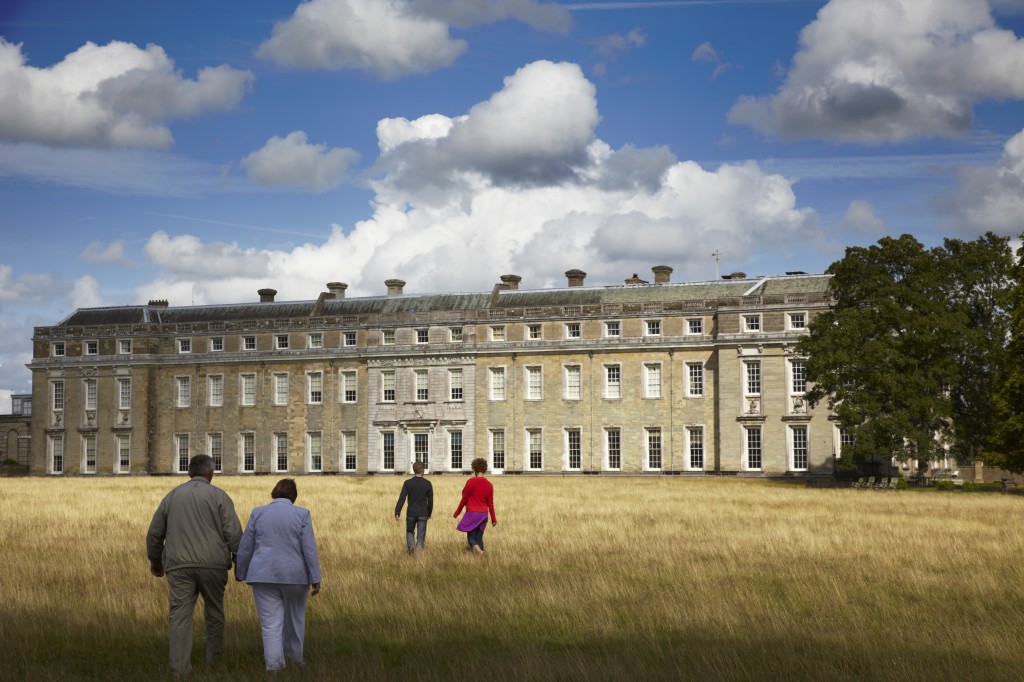
Petworth House and Park are celebrating the 300th anniversary of the birth of Lancelot ‘Capability’ Brown (1716-1783). A series of revolutionary, interactive installations make up the exhibition ‘Petworth Park Revealed: The Naked Landscape’. They chart this remarkable English landscape gardener’s involvement at Petworth in the mid-18th century.
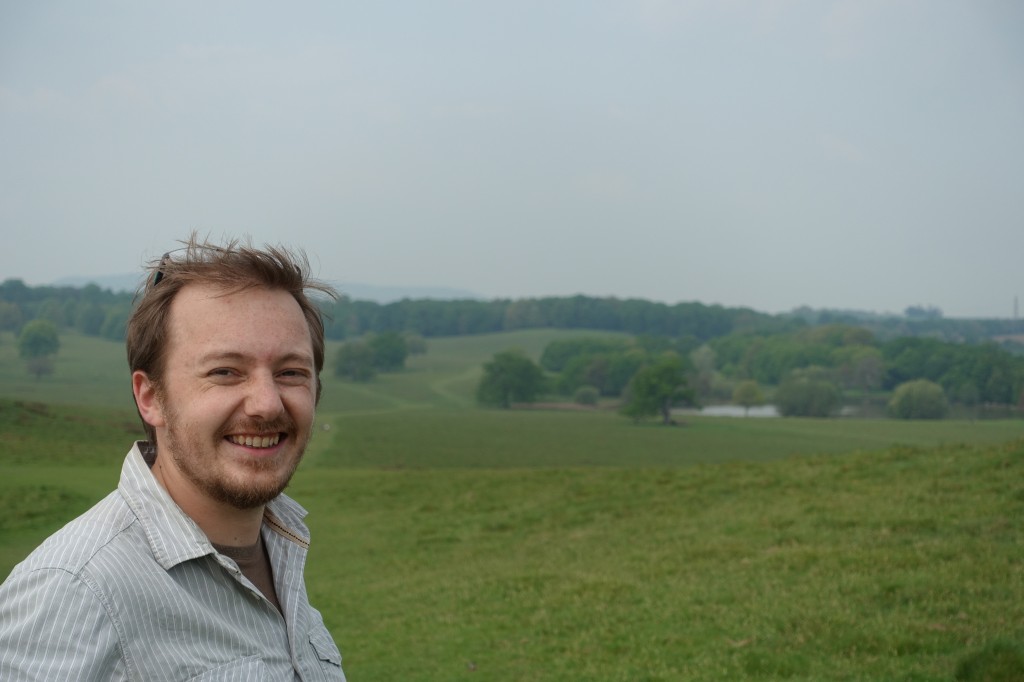
I am in the company of Tom Dommett, the National Trust’s Regional Archaeologist. He explains that these installations represent the culmination of three years of practical archaeology involving extensive excavations, geoarchaeological and geophysical surveys. Tom says “The project owes much of its success to the hard work and dedication of the team of some 120 volunteers.” This community archaeology initiative was funded by the Monument Trust and the exhibition is supported by the Heritage Lottery Fund.
Before Capability Brown arrived at Petworth there were formal parterre gardens with canals and lines of trees next to the house. The gardens led into the commercial park. Here deer were farmed beside brick kilns, stables and a dove cot.
Tom comments “Capability Brown’s designs mark a huge philosophical shift in what a park should be and give expression to the mood of an age.” He continues “The formal gardens were only completed twenty years before he embarked upon changing this landscape on an extraordinary scale. The working park was moved completely.”
As we walk out into the park in conversation I remark upon the beauty of the view towards the serpentine lake and how Capability Brown seems to be a generous revolutionary in English garden design. Tom smiles in agreement and responds “The geoarchaeology has revealed how whole ridges have been removed to open views. Originally there was a ridge in front of the house which was moved to reveal the lake which he also created!”
Brown’s landscape design at Petworth works in concert with the house and its art.
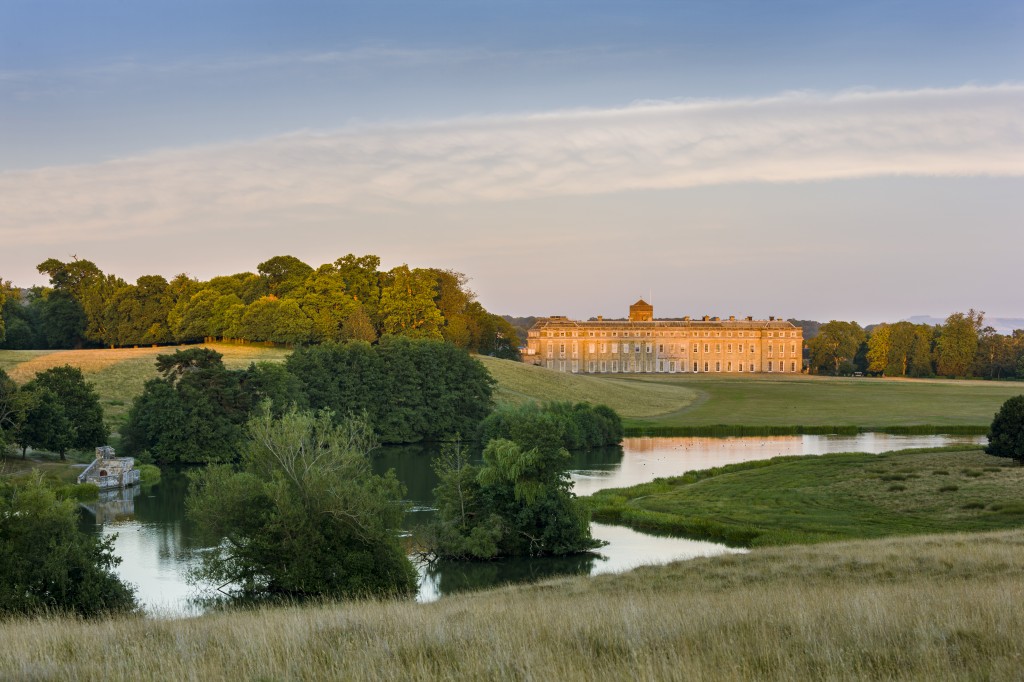
Capability Brown exercised a grammatical approach to creating his naturalistic, poetic landscapes in the English Romantic tradition. This effortless look required an incredible knowledge and understanding of how to make landscapes work. Tom tells me that there are miles of tunnels which ferry water to the lake.
Unexpectedly Tom reaches into his pocket and pulls out his smartphone. Excitedly he explains how they have hidden discrete Wi-Fi hotspots, powered by solar energy, in the landscape. ‘Park Explorer’ is a safe and secure network which allows visitors to hear Tom’s commentary, whilst interactive images depict views and archaeology. As you move your fingers across the screen it even reveals impressions of earlier views!
Back in the house cutting edge digital technology allows you to create your own virtual ‘Brownian’ landscapes using a sandbox, whilst interactive visual displays convey the history of Petworth and its park.
As we part Tom enthuses “Landscape archaeology really excites me. Petworth Park’s landscape appears frozen time but it has changed so much over the last 800 years.” His excitement is infectious. I feel certain that Capability Brown would have loved Tom’s revolutionary exhibition.
The interactive installations engage the visitor in a remarkable way giving us unparalleled access to the hidden layers of history revealed in this landscape. Capability Brown was the most remarkable of English landscape gardeners. His sheer ability, self-belief and scale of vision is revealed in the parkland landscape at Petworth. ‘Petworth Park Revealed: The Naked Landscape’ opens this Bank Holiday weekend on the 28th May 2016 and, together with a series of associated events, continues until 6th November 2016. Tom Dommett, the National Trust, the Heritage Lottery Fund and the Monument Trust are deserving of our thanks.
For more information go to www.nationaltrust.org.uk/petworth-house.
By Rupert Toovey, a senior director of Toovey’s, the leading fine art auction house in West Sussex, based on the A24 at Washington. Originally published in the West Sussex Gazette.
